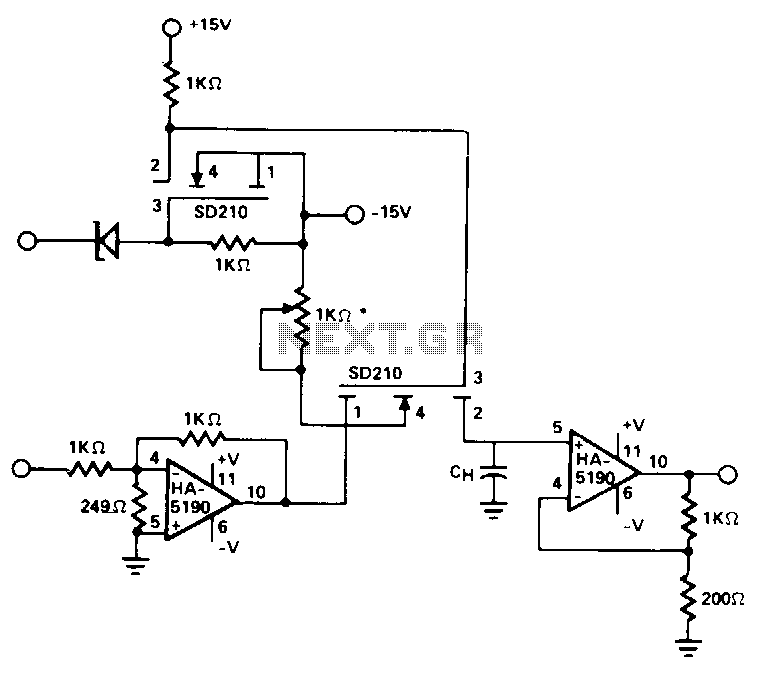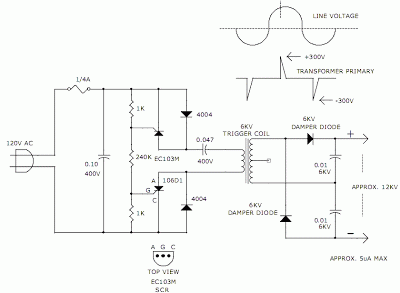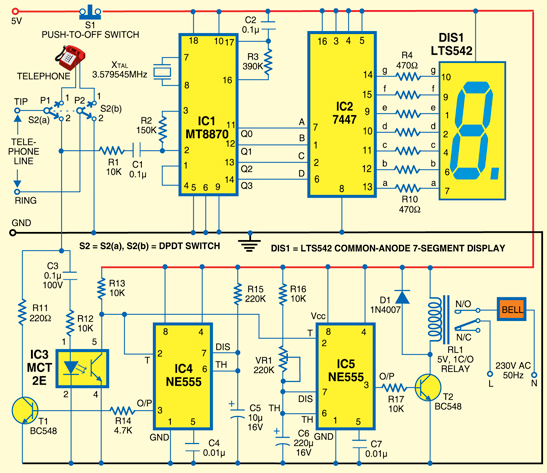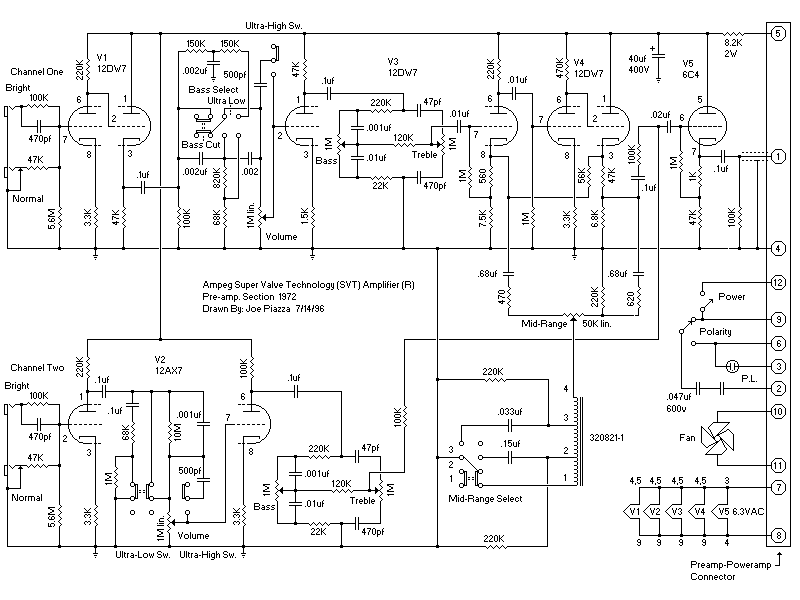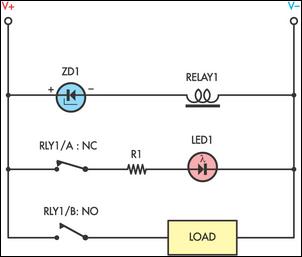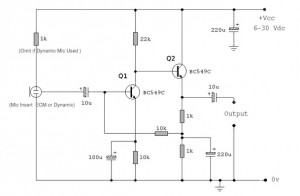
Simple High Quality Preamp For Hi-Fi

The preamp being discussed features optional tone and balance controls. While these can be omitted if desired, it is generally not recommended. The input switching capability of this preamp can be extended to accommodate additional signal sources if required. However, in the current version, there is no provision for a RIAA (phonograph) input. For those who wish to add a phonograph input, a separate project page article provides details for a stand-alone phono preamp.
The tone controls in this preamp do not employ the conventional "Baxandall" feedback design. Instead, they are basic passive controls, offering a modest 6dB of boost and cut at their maximum setting. Although this may seem insignificant compared to most tone controls which offer 12 to 20dB, it is usually quite adequate for minor corrections that are typically needed. It is important to note that these tone controls can also be integrated into the Project 88 preamp.
This preamp is designed with flexibility in mind, allowing users to customize it to their specific needs. The optional tone and balance controls provide the ability to adjust the sound quality to personal preference. The extendable input switching capability ensures compatibility with multiple signal sources, making this preamp a versatile choice for various audio setups.
The absence of a RIAA input in the current version does not limit the preamp's functionality, as users have the option to add a stand-alone phono preamp. This feature ensures that the preamp can cater to various audio sources, including phonographs.
The tone controls' design deviates from the traditional "Baxandall" feedback design, opting instead for basic passive controls. This decision prioritizes simplicity and effectiveness over complexity, providing a modest but usually sufficient 6dB boost and cut at maximum settings.
Finally, the compatibility of these tone controls with the Project 88 preamp further enhances the preamp's versatility, allowing it to be used in different audio setups and applications.For those who are still with me, the preamp featured has optional tone and balance controls which may be omitted if desired (although I do not recommend this generally). The input switching may be extended if needed to accommodate more signal sources, however in this version, no RIAA (phono) input is provided - see the separate Project Page article for a stand-alone phono preamp which can be added if desired.
The tone controls do not use the traditional "Baxandall" feedback design, but are basic passive controls, which offer a modest 6dB of boost and cut at maximum. This may not sound like much (most tone controls offer 12 to 20dB), but in reality is usually quite sufficient for such minor corrections as are usually needed.
(Note that these tone controls can also be used in the Project 88 preamp). 🔗 External reference
The tone controls in this preamp do not employ the conventional "Baxandall" feedback design. Instead, they are basic passive controls, offering a modest 6dB of boost and cut at their maximum setting. Although this may seem insignificant compared to most tone controls which offer 12 to 20dB, it is usually quite adequate for minor corrections that are typically needed. It is important to note that these tone controls can also be integrated into the Project 88 preamp.
This preamp is designed with flexibility in mind, allowing users to customize it to their specific needs. The optional tone and balance controls provide the ability to adjust the sound quality to personal preference. The extendable input switching capability ensures compatibility with multiple signal sources, making this preamp a versatile choice for various audio setups.
The absence of a RIAA input in the current version does not limit the preamp's functionality, as users have the option to add a stand-alone phono preamp. This feature ensures that the preamp can cater to various audio sources, including phonographs.
The tone controls' design deviates from the traditional "Baxandall" feedback design, opting instead for basic passive controls. This decision prioritizes simplicity and effectiveness over complexity, providing a modest but usually sufficient 6dB boost and cut at maximum settings.
Finally, the compatibility of these tone controls with the Project 88 preamp further enhances the preamp's versatility, allowing it to be used in different audio setups and applications.For those who are still with me, the preamp featured has optional tone and balance controls which may be omitted if desired (although I do not recommend this generally). The input switching may be extended if needed to accommodate more signal sources, however in this version, no RIAA (phono) input is provided - see the separate Project Page article for a stand-alone phono preamp which can be added if desired.
The tone controls do not use the traditional "Baxandall" feedback design, but are basic passive controls, which offer a modest 6dB of boost and cut at maximum. This may not sound like much (most tone controls offer 12 to 20dB), but in reality is usually quite sufficient for such minor corrections as are usually needed.
(Note that these tone controls can also be used in the Project 88 preamp). 🔗 External reference
